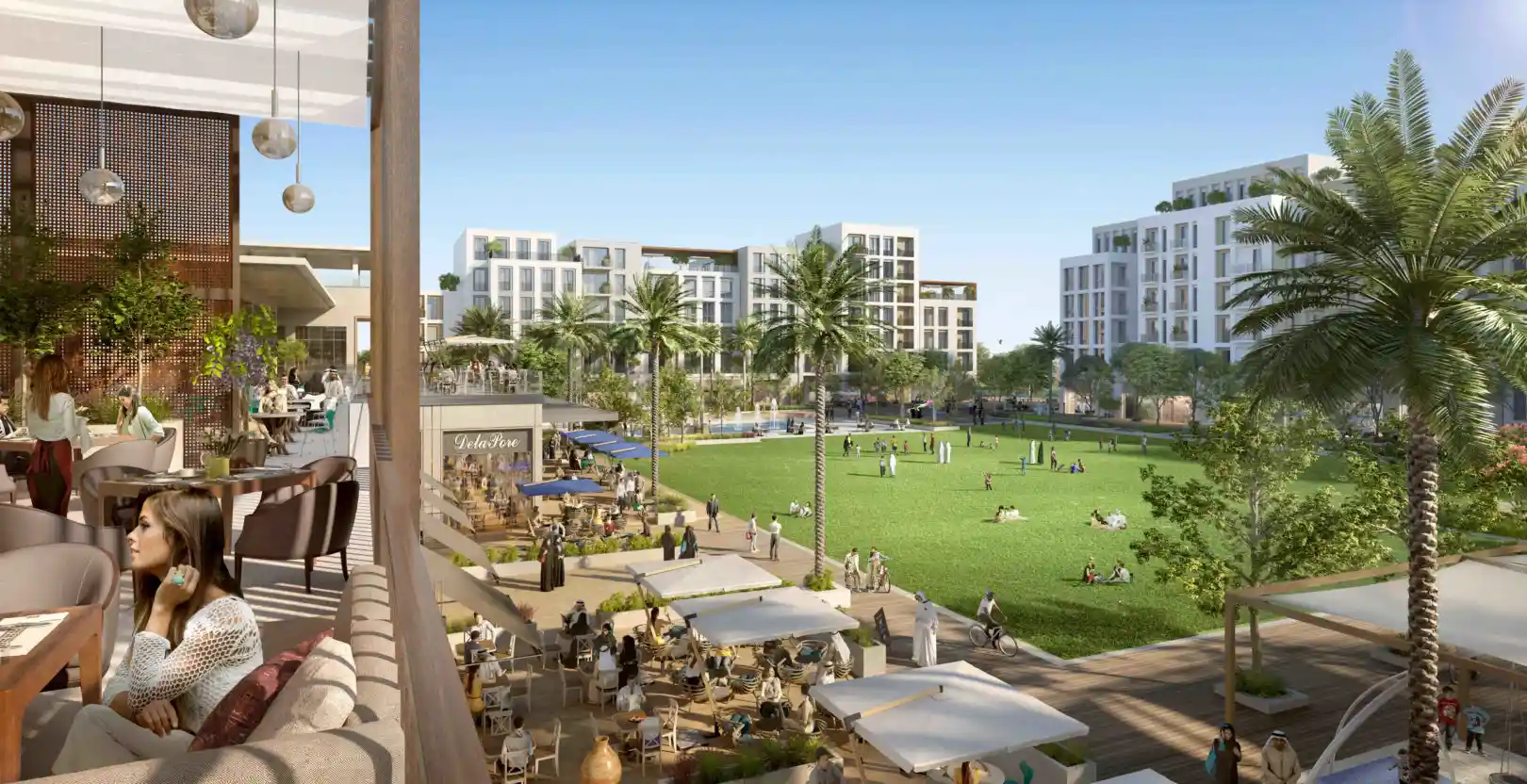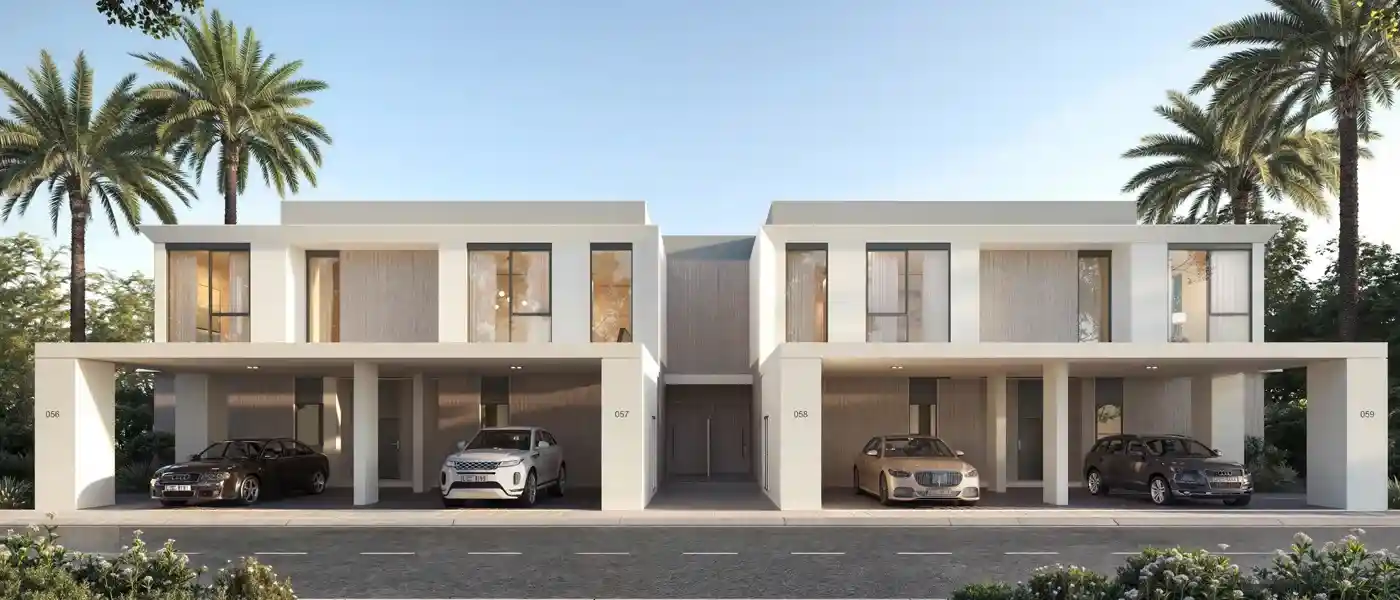.jpg)
How a Weak Dollar Boosts Dubai’s Luxury Real Estate in 2025
Dubai’s real estate market has long been a magnet for global investors, and in 2025, a weakening US dollar is creating unique opportunities, particularly in the luxury property segment. With the UAE dirham pegged to the dollar, international buyers from Europe, the UK, and beyond are finding Dubai’s high-end homes more affordable than ever. This article explores how currency fluctuations are influencing Dubai’s property market, the key drivers behind this trend, and what it means for investors, residents, and apartment seekers in the emirate. Since January 2025, the US dollar has depreciated by approximately 11.5% against the euro and 9% against the British pound, making Dubai’s luxury properties significantly more accessible to overseas buyers. For instance, a Dh59 million villa on Palm Jumeirah, which would have cost a British buyer £13.2 million in January, now requires just £12 million—a saving of over £1.18 million without any reduction in the property’s listed price. Similarly, euro-based buyers are seeing savings of around €1.8 million on the same villa, dropping from €16 million to €14.1 million. These currency-driven discounts are sparking renewed interest in Dubai’s premium real estate, particularly in sought-after areas like Palm Jumeirah, Emirates Hills, and Dubai Hills. This affordability boost is not just a fleeting opportunity. Historically, periods of dollar weakness have driven capital into tangible assets like real estate, as investors seek stability in markets with strong fundamentals. From 2002 to 2008, a 40% decline in the dollar’s value against global currencies coincided with sharp rises in commodity prices and robust property market performance in Dubai. Today, Dubai’s real estate market is once again benefiting from similar dynamics, making it an attractive destination for high-net-worth individuals and institutional investors. Dubai’s property market is underpinned by strong fundamentals that amplify the appeal of a weak dollar. The city’s population is growing, investment in infrastructure continues unabated, and demand from Western Europe and the UK remains steady. These factors create a resilient market environment where currency advantages can have a pronounced impact. Key drivers include: High Rental Yields: Dubai offers gross rental yields of 6-8% in prime areas like Jumeirah Village Circle and International City, outpacing cities like New York (3-5%), London (2-3.5%), and Singapore (2-3%). For investors, this translates to attractive returns, especially in the luxury segment where demand for short-term rentals is fueled by Dubai’s status as a global tourism hub. Tax Advantages: With no property or capital gains taxes, Dubai remains a haven for investors looking to maximize returns. This tax-friendly environment enhances the appeal of luxury homes as both investment and lifestyle assets. Strategic Location and Infrastructure: Dubai’s position as a connector between Asia, Europe, and Africa, combined with ongoing developments like Dubai South and Expo City, ensures sustained demand for residential and commercial properties. Ultra-Luxury Appeal: The emergence of ultra-luxury real estate projects, expected to increase twenty-fold by 2026, is attracting billionaires and ultra-high-net-worth individuals. Areas like Jumeira Bay and Emirates Hills are seeing record-breaking transactions, with average deal prices reaching Dh12.82 million on Palm Jumeirah in February 2025. While the weak dollar is a boon for luxury home buyers, it also creates opportunities across Dubai’s real estate spectrum. For investors, the currency advantage lowers the entry cost for premium properties, enabling portfolio diversification in high-demand, low-supply areas. Apartment seekers, particularly those eyeing mid-tier and affordable segments in areas like Dubai Silicon Oasis and Jumeirah Village Circle, can benefit indirectly as developers adjust pricing strategies to capture demand. The off-plan market, a cornerstone of Dubai’s real estate ecosystem, is also seeing shifts. With over 95,000 units expected to be handed over by 2026, developers are offering flexible payment plans to attract buyers. However, investors must exercise caution, as competition from new project launches can make reselling off-plan properties challenging in the short term. Focusing on properties in prime locations with limited supply, such as Jumeirah Living World Trade Centre Residence or One Za’abeel, can mitigate risks and enhance returns. For residents and first-time buyers, the increased supply of ready homes in areas like Jumeirah Lake Towers (JLT) is driving affordability. The median price for ready homes in JLT is Dh1,530 per square foot, compared to Dh2,370 for off-plan properties, offering significant savings. This trend is empowering buyers to negotiate better deals, especially as bidding wars subside and developers offer discounts for upfront payments. While the weak dollar presents opportunities, Dubai’s real estate market is not without risks. Oversupply in mid-range apartments could pressure rental yields and capital appreciation in certain segments. Global economic volatility, oil price fluctuations, and geopolitical factors also warrant caution. To navigate these challenges, investors should: Conduct Thorough Research: Focus on high-demand areas with low supply to ensure long-term value. Diversify Portfolios: Spread investments across residential, commercial, and hospitality sectors to mitigate risks. Partner with Reputable Developers: Collaborate with trusted agents and developers for transparent transactions. Monitor Currency Trends: Stay informed about exchange rate movements to time investments effectively.How a Weak Dollar is Shaping Dubai’s Luxury Real Estate Market in 2025
The Weak Dollar Advantage for International Buyers
Why Dubai’s Luxury Real Estate Shines in 2025
Opportunities for Investors and Apartment Seekers
Navigating Risks in a Dynamic Market













